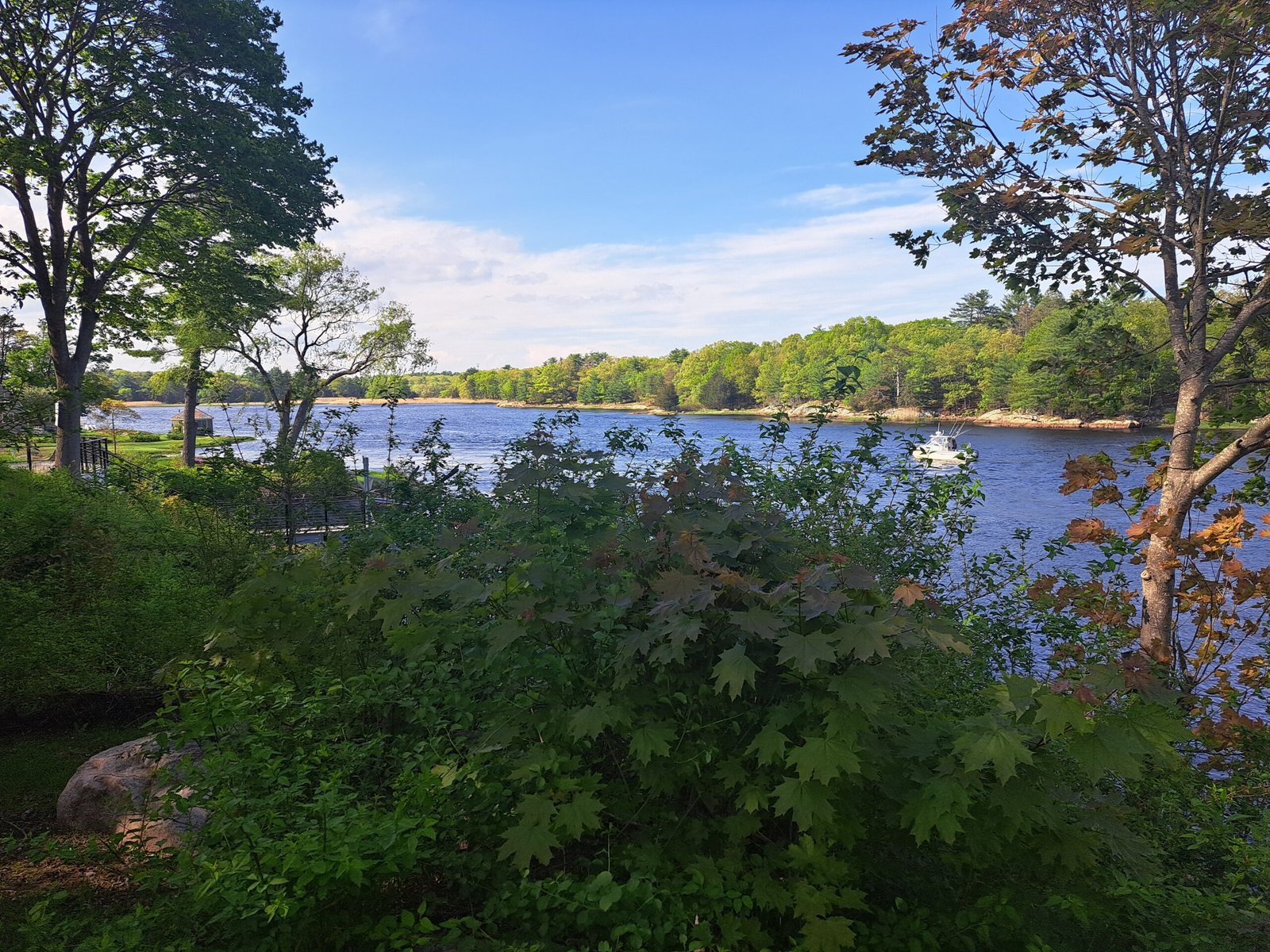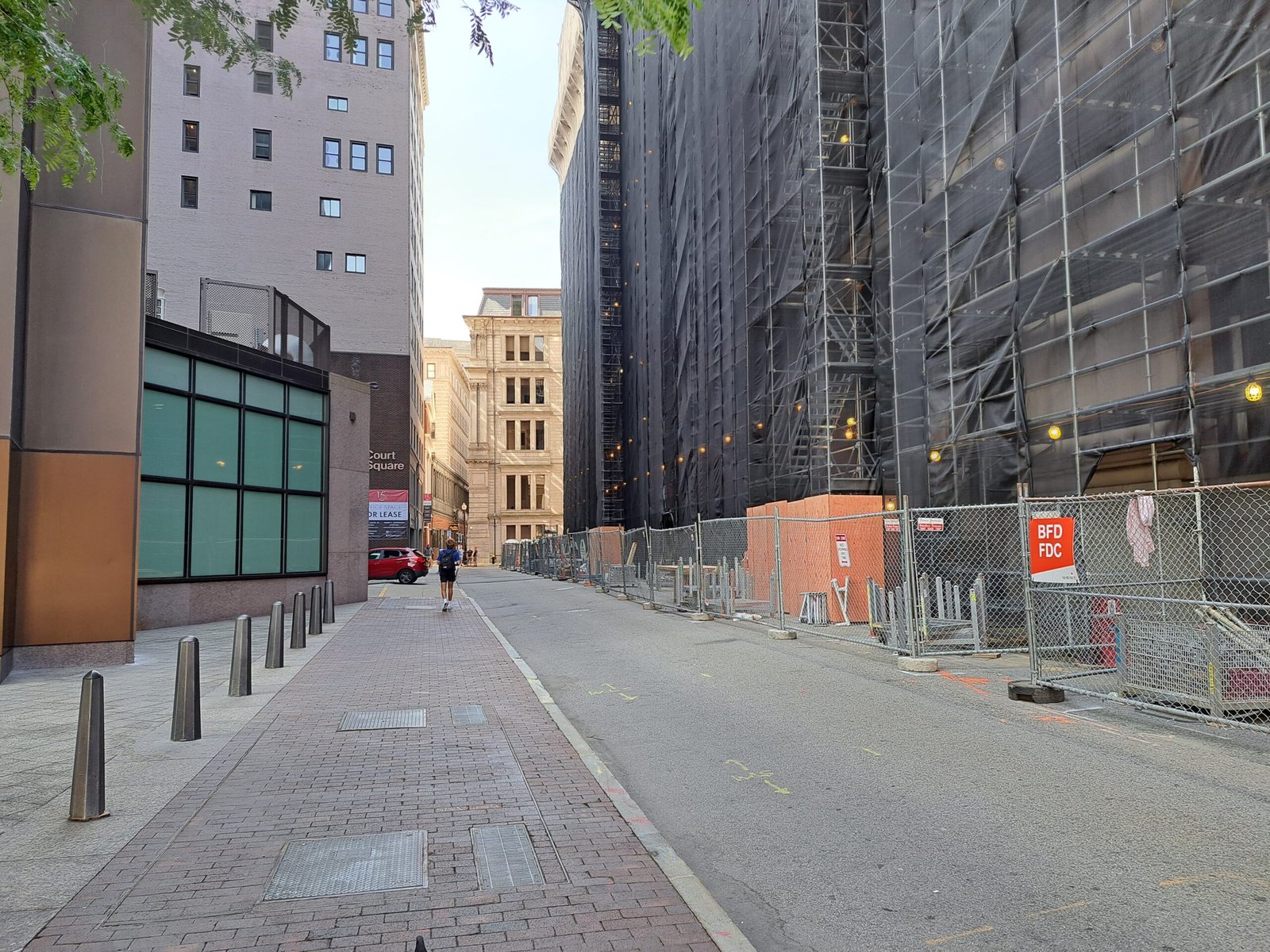In the old mill towns of North West England such as Blackburn, deprivation is making integration more difficult to achieve. How far should we push communities to come together? Is it even possible to force integration along?
I was born and raised in Blackburn, Lancashire. Blackburn was the subject of a recent Panorama documentary, ‘White Fright: Divided Britain’ which itself was an update on a documentary produced ten years previously. Both documentaries found a divided town, with little in the way of integration between the white British and predominantly Muslim, South Asian communities.
The first documentary was in response to Professor Ted Cantle’s report into the riots of 2001 which took place in Burnley, Oldham and Bradford. Despite palpable fears and tensions in the town as the riots progressed elsewhere, there was no rioting in Blackburn. While this was a good thing, it can be argued that this was because the two communities do indeed live separately with minimal intersection, almost as if two towns have developed side-by-side with very little interaction or impact on each other. Cantle found “There is not just simply residential segregation, but there is a separation in education, in social, cultural, faith, in virtually every aspect of their daily lives, employment too.” Cantle coined the term ‘Parallel Lives’ to describe this lack of integration.
It wasn’t always this way, though. The first wave of immigration into Blackburn from India and Pakistan was greeted with suspicion, confusion and outright xenophobia by many residents, but the cotton mills remained hungry for workers, and there was more than enough work for everyone. Workers were approached in the street as they passed mills, and immigrants were encouraged to persuade others ‘back home’ to join them. Although it would be a fallacy to claim that the communities fully integrated, there was certainly more in the way of social cohesion then. My grandmother recalled working with Asian immigrants, commenting that in the mills as long as you ‘pulled your weight’ there were no problems.
There were few outward signs of Islam in the early days. A lot of the immigrants were lone males, and there was little time when mills were running 24 hours a day to have a major impact in terms of religion. Like the lodging houses of the Industrial Revolution, the migrants would hot-bed, sometimes living 12 to a small, terraced house. When the men began to bring their families over, the hijab was still rarely seen. The only outward sign of ‘difference’ was skin colour, and both communities continued to occupy the same spaces.
That is not to say that this was some utopia. Racism was rife and open, the white British community responding to differences with predictable xenophobia. ‘White flight’ began – white families moving out of first the streets and then the wider areas when Asians moved in. This was also partly fuelled by the desire of Asian immigrants to live close together. In some cases, excellent offers were made to white homeowners who then sold their homes, exacerbating the ‘flight’. Blackburn has flirted, tentatively, with extremist politics – electing councillors from the National Party in the 1970s, and both the BNP and England First in the 2000s. These councillors all lost their seats at the next election and Blackburn with Darwen Borough Council is led by a first-generation immigrant from Rawalpindi, Councillor Mohammad Khan OBE, who came to Britain in 1965.
Integration did happen in schools, though. The children of the first immigrants went to school with white British children. While at a primary school level there was an element of segregation because of catchment areas, secondary schools had a much wider catchment and tended to be much more ethnically diverse. During my education in Blackburn in the late 1980s and 1990s, I had many Muslim friends, and mixed friendship groups were the norm during the school day. However, this wasn’t always reflected outside of school. The favoured leisure activity for white British teenagers in Blackburn in the 1990s was drinking cheap cider in the park of an evening, whilst the Muslim teenagers tended to be at a mosque. Few of these female teenagers wore the hijab, though, and religious differences were largely ignored amongst this generation.
However, integration in Blackburn has declined. There is a palpable feeling of difference between the two communities. Relations are polite but decidedly strained. There have been no outbreaks of racial violence in Blackburn, and overt racism is much less than that faced by the first wave of immigrants. However, Blackburn has slipped into decline, with an unemployment rate of 5.9 per cent, above the national and regional rates which both stand at 4.2 per cent. Only 68.7 per cent of people in Blackburn are economically active, with national figures close to 10 per cent above this at 78.4 per cent. This hardening of circumstances has led to more of an ‘us and them’ attitude, with resentment high amongst some parts of the white British community who feel abandoned to their fates.
Education is also becoming more segregated. The Local Authority no longer controls all schools, and Blackburn is home to two separate-sex Muslim schools, Tauheedul Islam Girls’ High School and Tauheedul Islam Boys’ High School. These schools ranked first and third in the league table of state schools in England in 2017. While they are doing an excellent job of educating the children of Blackburn, their existence does mean less integration between Muslim and non-Muslim children in Blackburn.
The focus on Islam and Islamic terrorism in the media has undoubtedly heightened tensions. Religious differences are more clearly on show. As some second and third generation immigrants have prospered, large amounts of money have been spent on ornate mosques, with 40 dominating the skyline in parts of town, in a way that churches may have done in the past. The hijab and niqab have become more noticeable on the streets, a visible sign perhaps that Muslims will not be cowed by criticism, but equally a visible sign of difference that is picked up upon by some in the White British community. Is it Islamophobia? I think there may be a real fear of Islam amongst some, perhaps because Religious Education in schools is not doing enough to demystify the mysterious. Certainly, there is a fear of the ‘other’.
How do you solve a problem like Blackburn? Should you solve a problem like Blackburn? In the nearby town of Burnley, where riots did take place in 2001, the solution was to promote integration through schooling. All the secondary schools closed and merged into ‘super schools’ which would mix communities. This has not been an unqualified success and one such school, Hameldon Community High School, endured racist attacks and pupil walkouts and has now proved so unpopular with residents that it is undergoing a phased closure.
The government has provided £50 million to promote community cohesion, and Blackburn with Darwen Council submitted a successful bid for a share of this, being granted £343,133 for the first year. Stated aims include a focus on building connections between young people from diverse communities and improving access to employment. Blackburn Youth Zone has gone some way to encouraging young people to mix together but hasn’t been a magic bullet. Professor Cantle, whose report highlighted the issue, opines that “Things like changing school admissions policy, employment practices and housing cost nothing.”
Monetarily, of course, Professor Cantle is correct. However, it will cost plenty of effort and goodwill, and I’m not convinced that the people of Blackburn view community cohesion and integration as a priority. When deprivation is high and life expectancy low, people may prefer solutions to these issues rather than forced integration. The council is in the middle of regenerating the town centre and attempting to bring in more economic opportunities, as well as increasing leisure facilities. It is this creating of better opportunities for all Blackburnians, regardless of race or religion, which is more likely to result in lasting community cohesion than forcing two, possibly resentful, communities together.






Posted by Bunny Whisperer
13 December, 2018 at 8:19 am
From Aayan Hirsi-Ali's report "The Challenge of Dawa": In Western countries, dawa efforts are often part of a strategy known as wassatiyya. . . . To carry out wassatiyya, al-Qaradawi argues that Muslim communities in the West should have “their own religious, educational and recreational establishments.” He urges Islamists in the West “to have your small society within the larger society” and “your own ‘Muslim ghetto.’”107
Posted by Katie Barker
15 December, 2018 at 5:21 pm
Thanks for your comment. There is certainly a retreat from shared spaces by both communities, but in reality there were few in the first place. Education has been the biggest change. Perhaps longer-term the abolition of faith-schools and the secularisation of education is something that could make an impact.